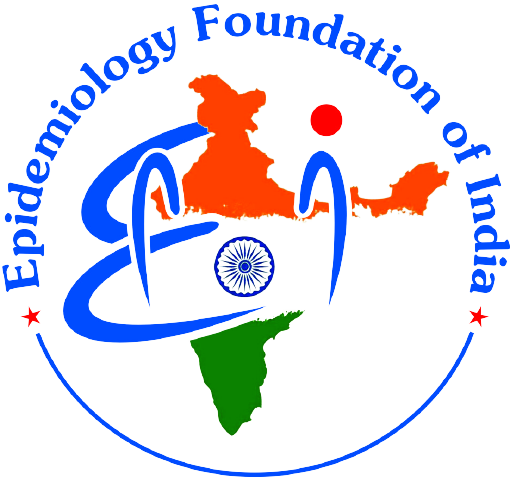A brief overview of the GRADE approach for rating strength of evidence and practice recommendations
Downloads
Published
DOI:
https://doi.org/10.56450/JEFI.2023.v1i01.002Keywords:
guidelines development, GRADE, EBMIssue
Section
License
Copyright (c) 2023 Manya Prasad, Pradeep Aggarwal

This work is licensed under a Creative Commons Attribution-NonCommercial-ShareAlike 4.0 International License.
The medical fraternity is faced with an avalanche of medical literature. While it is desirable that the current best evidence inform practice guidelines and recommendations, it is true that much of the evidence is not of optimal quality, and recommendations based on poor quality evidence may result in undesirable outcomes. Moreover, many context specific considerations, such as costs and patient preferences may be key concerns in formulating recommendations. These issues call for a systematic framework to rate the quality of evidence and strength of recommendations. The GRADE (Grading of Recommendations, Assessment, Development, and Evaluation) offers such a framework for any given clinical question, and offers advantages over traditional approaches to guideline development. Crucial elements for ensuring the trustworthiness of the guideline development process, such as recruiting an appropriate panel, excluding conflicts of interest, systematically reviewing the best evidence, rating certainty in evidence, and incorporating patient values and preferences, are rendered due importance in the process.Abstract
How to Cite
Atkins D, Best D, Briss PA, Eccles M, Falck-Ytter Y, Flottorp S, et al; GRADE Working Group. Grading quality of evidence and strength of recommendations. BMJ. 2004 Jun 19;328(7454):1490. Guyatt GH, Oxman AD, Vist GE, et al. GRADE: an emerging consensus on rating quality of evidence and strength of recommendations. BMJ. 2008;336(7650):924-926. Balshem H, Helfand M, Schünemann HJ, et al. GRADE guidelines: 3. Rating the quality of evidence. J Clin Epidemiol. 2011;64(4):401-406. Schünemann HJ, Cuello C, Akl EA, et al. GRADE guidelines: 18. How ROBINS-I and other tools to assess risk of bias in nonrandomized studies should be used to rate the certainty of a body of evidence. J Clin Epidemiol. 2019;111:105-114. Guyatt GH, Oxman AD, Kunz R, et al. GRADE guidelines: 7. Rating the quality of evidence—inconsistency. J Clin Epidemiol. 2011;64(12):1294-1302. Sterne JA, Sutton AJ, Ioannidis JP, Terrin N, Jones DR, Lau J, et al. Recommendations for examining and interpreting funnel plot asymmetry in meta-analyses of randomised controlled trials. BMJ. 2011 Jul 22;343:d4002. Lau J, Ioannidis JP, Terrin N, Schmid CH, Olkin I. The case of the misleading funnel plot. BMJ. 2006 Sep 16;333(7568):597-600. Sterne JA, Gavaghan D, Egger M. Publication and related bias in meta-analysis: power of statistical tests and prevalence in the literature. J Clin Epidemiol. 2000 Nov;53(11):1119-29. Begg CB, Mazumdar M. Operating characteristics of a rank correlation test for publication bias. Biometrics. 1994 Dec;50(4):1088-101. Alonso-Coello P, Schünemann HJ, Moberg J, et al. GRADE Evidence to Decision (EtD) frameworks: a systematic and transparent approach to making well informed healthcare choices. 2: Clinical practice guidelines. BMJ. 2016;353:i2089. Alonso-Coello P, Schünemann HJ, Moberg J, et al. GRADE Evidence to Decision (EtD) frameworks for adoption, adaptation, and de novo development of trustworthy recommendations: GRADE-ADOLOPMENT. J Clin Epidemiol. 2017;81:101-110. GRADE Working Group. GRADE Handbook. Updated October 2013. Available from: https://gdt.gradepro.org/app/handbook/handbook.html
References
Most read articles by the same author(s)
- Manya Prasad, Importance of minimal clinically important difference in medical research and guideline development , Journal of the Epidemiology Foundation of India: Vol. 2 No. 1 (2024): Journal of the Epidemiology Foundation of India
- Manya Prasad, Mpox: A zoonotic threat that demands a One Health response , Journal of the Epidemiology Foundation of India: Vol. 2 No. 3 (2024): Journal of the Epidemiology Foundation of India





